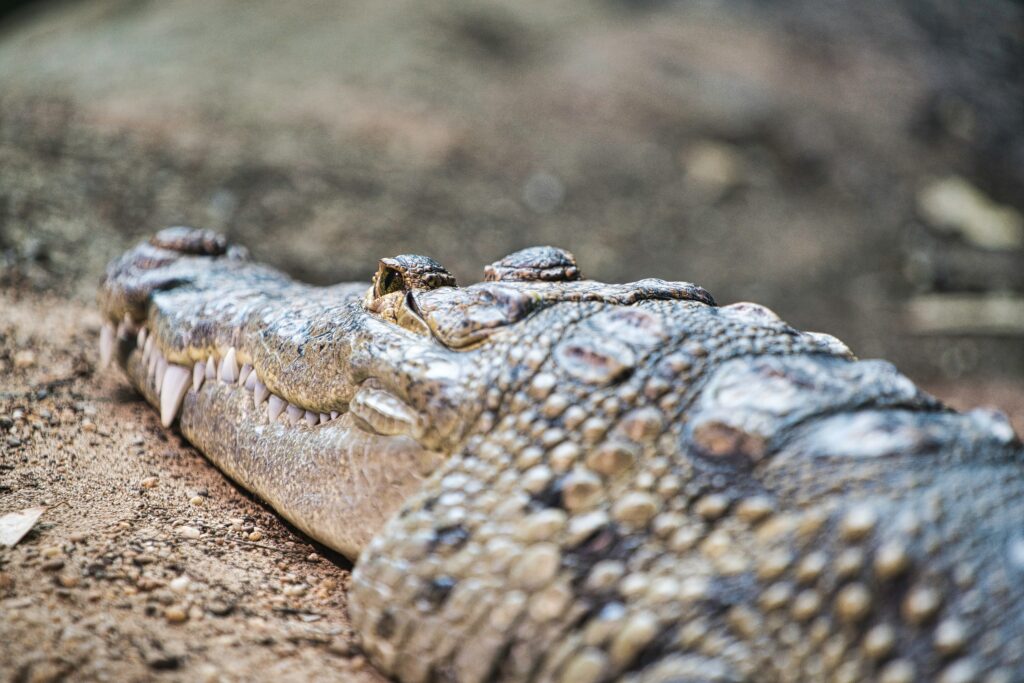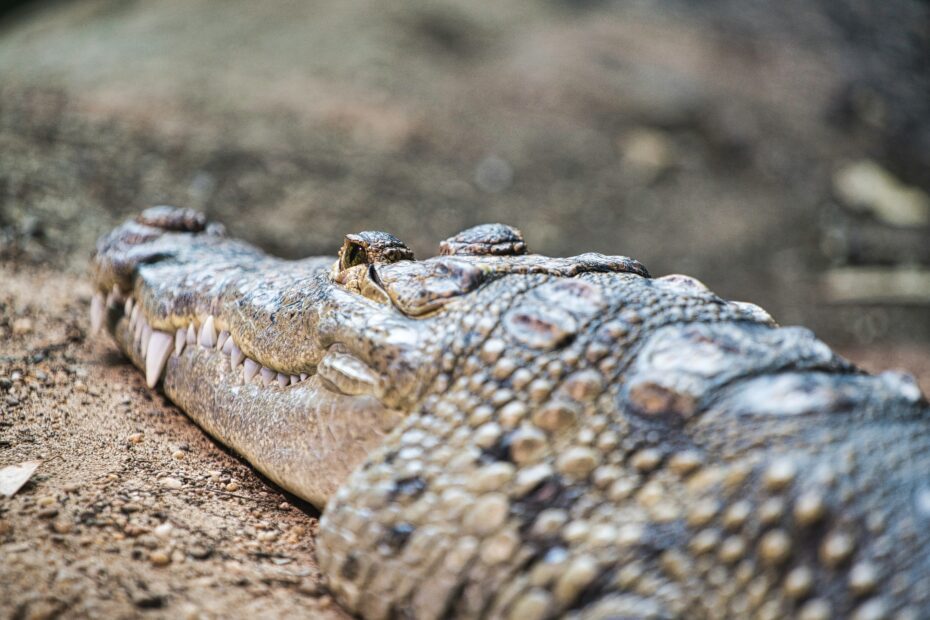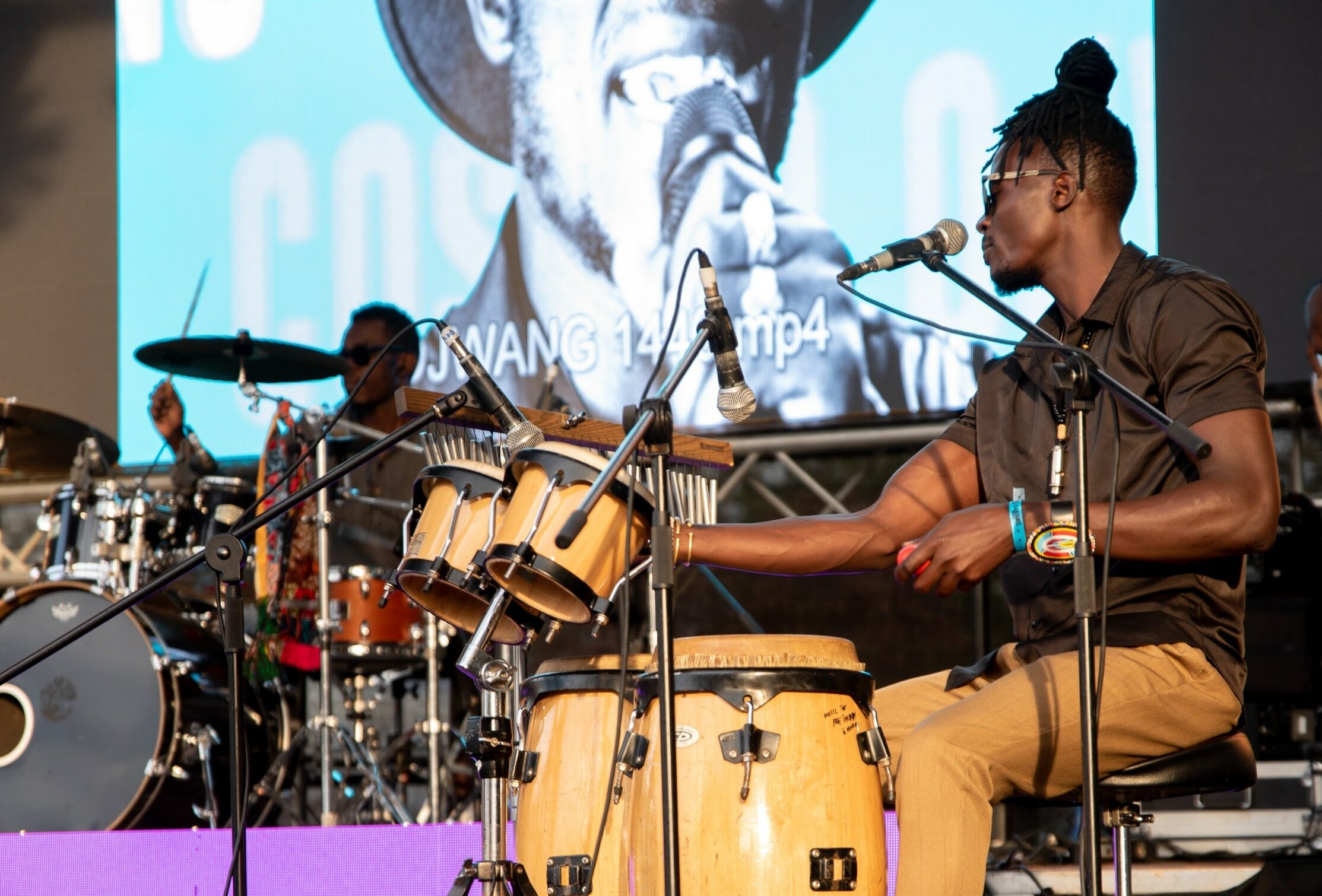Travel. Nestled on the fringes of Lake Turkana, the largest desert lake on the planet, Sibiloi National Park in Kenya holds the prestigious title of a World Heritage Site, celebrated as The Cradle of Humankind. This unique natural wonder is renowned for its invaluable fossil and archaeological treasures. A journey through Sibiloi beckons the intrepid traveller, the seeker of uncharted paths, and promises a transformative experience in the heart of Africa.
A Unique Landscape
Sibiloi National Park, while arid, boasts a captivating beauty that captivates the soul. It comprises diverse terrains, from the expansive lake shoreline to the sprawling savannah, volcanic landscapes, and lush riverine forests. Lake Turkana itself, often referred to as the Jade Sea, stands as the grandeur of the Rift Valley Soda Lakes. Stretching over nearly 270 kilometres, this colossal lake graces the far northern frontier of Kenya.
Sibiloi National Park, situated on the eastern shore of Lake Turkana near the Ethiopian border, covers an expanse of approximately 1,600 square kilometres. Together with South Island and Central Island National Parks, it forms the collective wonder known as Lake Turkana National Parks.

The Cradle of Humankind
Sibiloi National Park was established to safeguard the recently discovered fossil sites that have contributed immensely to our comprehension of human evolution, surpassing any other region on Earth. The Koobi Fora Region is the epicentre of archaeological, paleontological, and geological interest, offering profound insights into the Earth’s movements, human origins, and mammalian evolution over the past four million years. It is an ongoing journey of discovery, as vast fossil-rich territories are yet to be explored fully.
Over the last three decades, researchers have unearthed a Petrified Forest, unveiling thousands of fossils, including over 300 hominid specimens. Dr. Richard Leakey made a groundbreaking discovery here, unearthing the skull of an early human. Since then, Sibiloi and the Turkana Basin have remained hubs of scientific exploration and research.

Rich Wildlife
Despite its harsh, arid climate, Sibiloi National Park teems with a surprising array of wildlife. It hosts resilient species adapted to arid conditions, such as Grevy’s Zebra, Beisa Oryx, Gerenuk, and greater Kudu. The park is also home to a wide range of predators, including Lion, Leopard, Cheetah, Striped and Spotted Hyena, Jackal, and Caracal. Central Island serves as a vital breeding ground for Nile Crocodiles.
The park’s avian diversity is equally impressive, with over 300 bird species recorded around Lake Turkana, a number that swells during the summer months when migratory species arrive. Flamingos and Pelicans, in particular, thrive on the lake’s algae and salty waters, while various water birds like African Skimmers, Herons, and Gulls grace the shoreline. Local species, such as the Crested Lark and Heuglin’s Bustard, also find refuge within the park.

Exploration and Activities
Visitors to the park can delve into the wealth of knowledge at the small yet informative museum located near the main research camp. For a more immersive experience, a fly-in tour of Koobi Fora is a must. To fully savour the wonders of Sibiloi, consider spending multiple days in the area, allowing you to explore and experience its multifaceted offerings. Interacting with local tribes like the Gabbra, Turkana, and Dassanach, each with rich cultural traditions, adds depth and meaning to your visit.
Sibiloi’s Attractions
Beyond its scientific significance, Sibiloi boasts several awe-inspiring attractions:
Lake Turkana: Known for its mesmerising colour changes due to algae growth and shifting winds, Lake Turkana is the world’s largest permanent desert lake and the largest alkaline lake in Africa.
Petrified Forest: Located at Alia Bay on the Sibiloi Mountain’s edge, this unique site reveals ancient secrets preserved in stone.
Karsa Waterhole: A rare oasis of standing fresh water where wildlife congregates to quench their thirst.
Jarigole Pillars: An excavation site of a pre-Iron Age burial ground, offering a glimpse into ancient burial practices.
Koobi Fora: Home to fossil skeletons, this region is a time capsule of human evolution.
Karari Escarpment: Excavation sites that reveal the ancient past, dating back over a million years.
Nature Walks: Explore the petrified forest and the Koobi Fora spit on guided nature walks.
Important Considerations;
Sibiloi National Park is a harsh, water-less environment except for the salty lake shore and a few remote waterholes. The extreme heat and aridity necessitate thorough preparation. Visitors can choose between guided fly-in tours and over-landing expeditions through the northern frontier, all conducted by experienced guides, ensuring a safe and enriching experience.
In essence, Sibiloi National Park stands as a testament to the inexhaustible wonders of the natural world and human history, truly the cradle of human kind. For those who dare to venture beyond the beaten path, this arid paradise on the shores of Lake Turkana promises not only a unique travel experience but also a profound connection to our shared origins.
According to the KWS site, this cradle of humankind is sizzling with coos, chirps and a blend of bird melodies, South Island is a haven for water bird species and serves as a stopover for rare migrants. Some of the bird species that breed locally include Goliath heron, African skimmer, white open African billed stork, duck and congregatory birds such as lesser flamingo.



